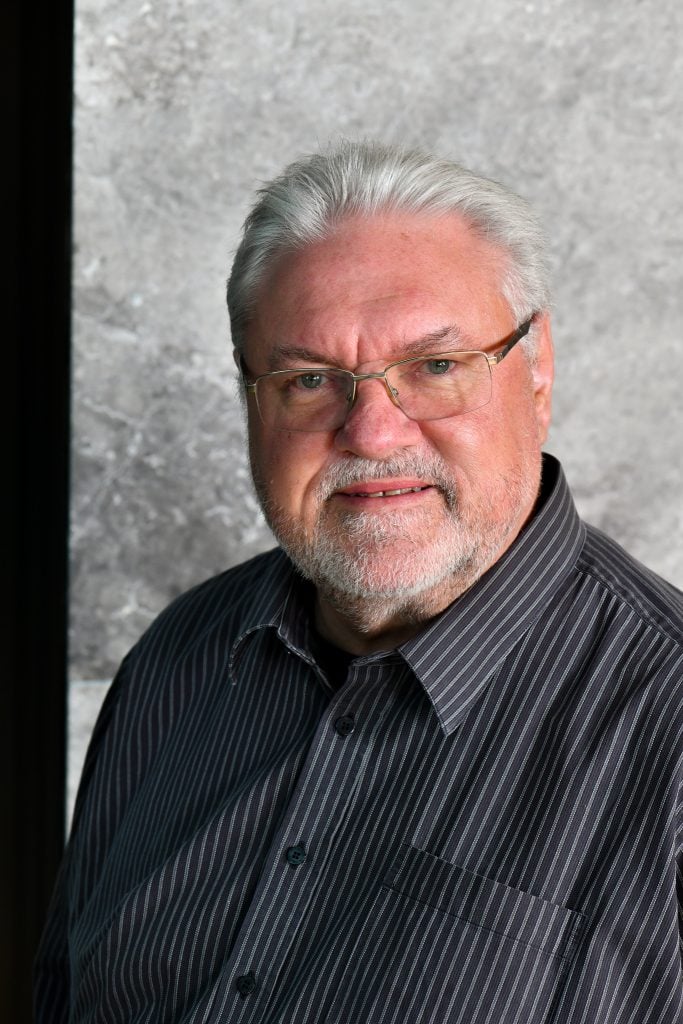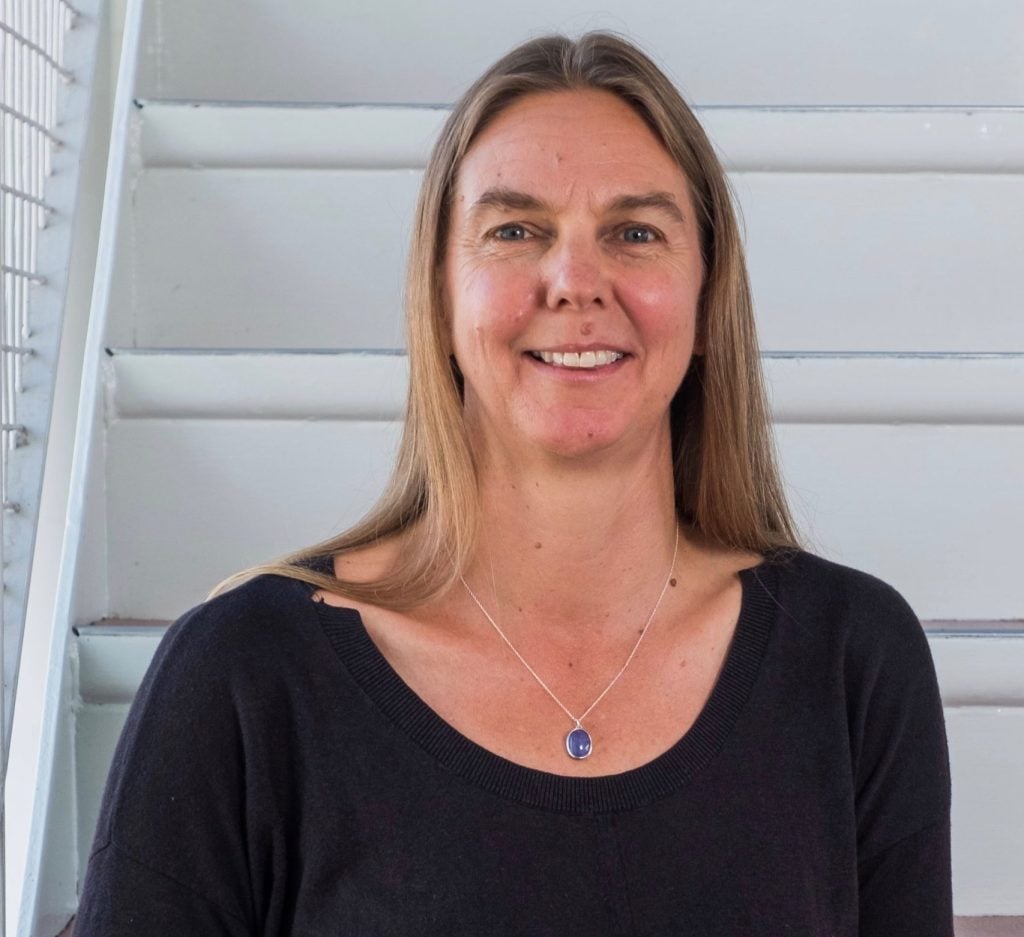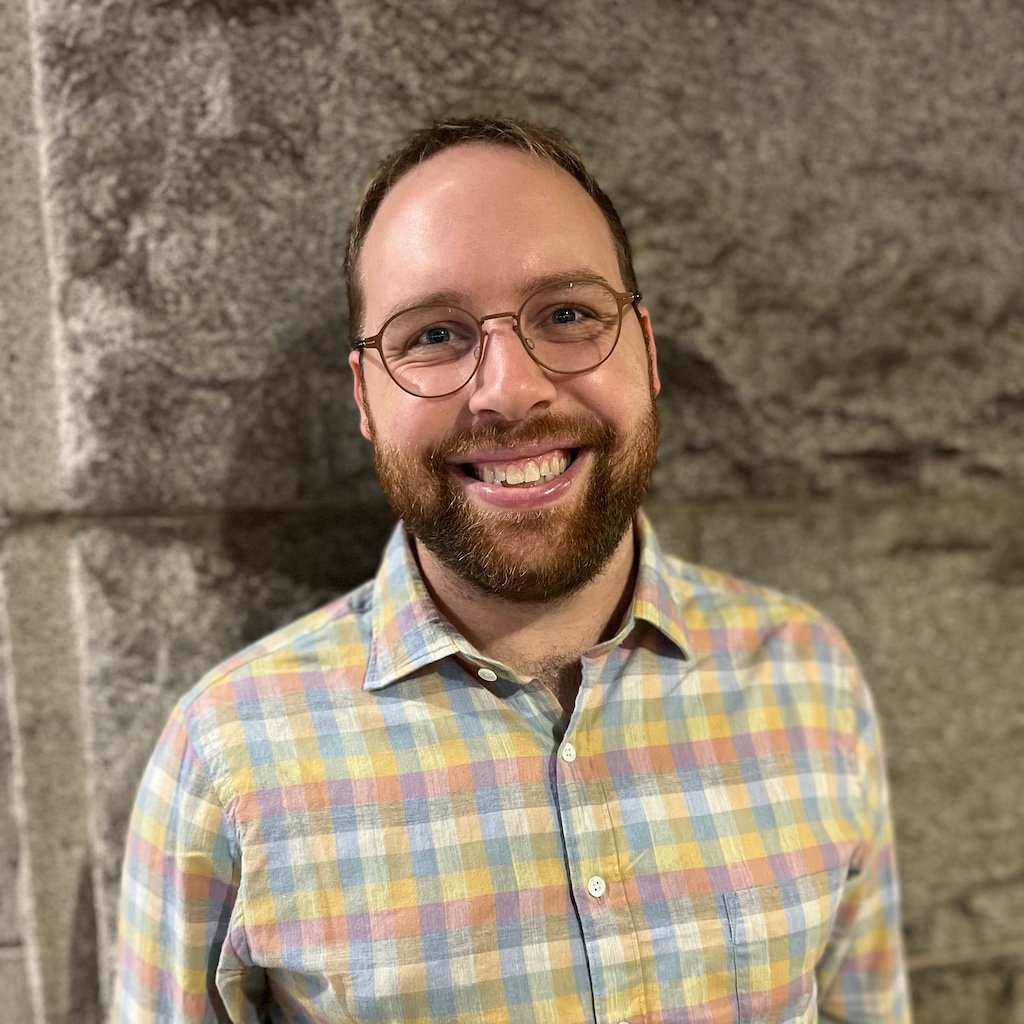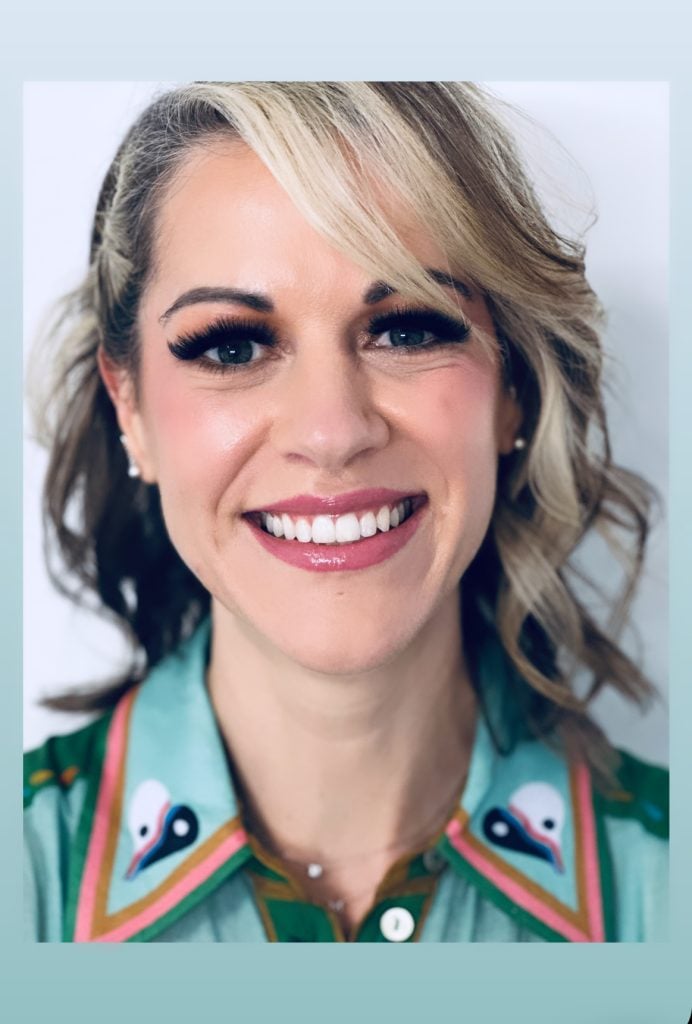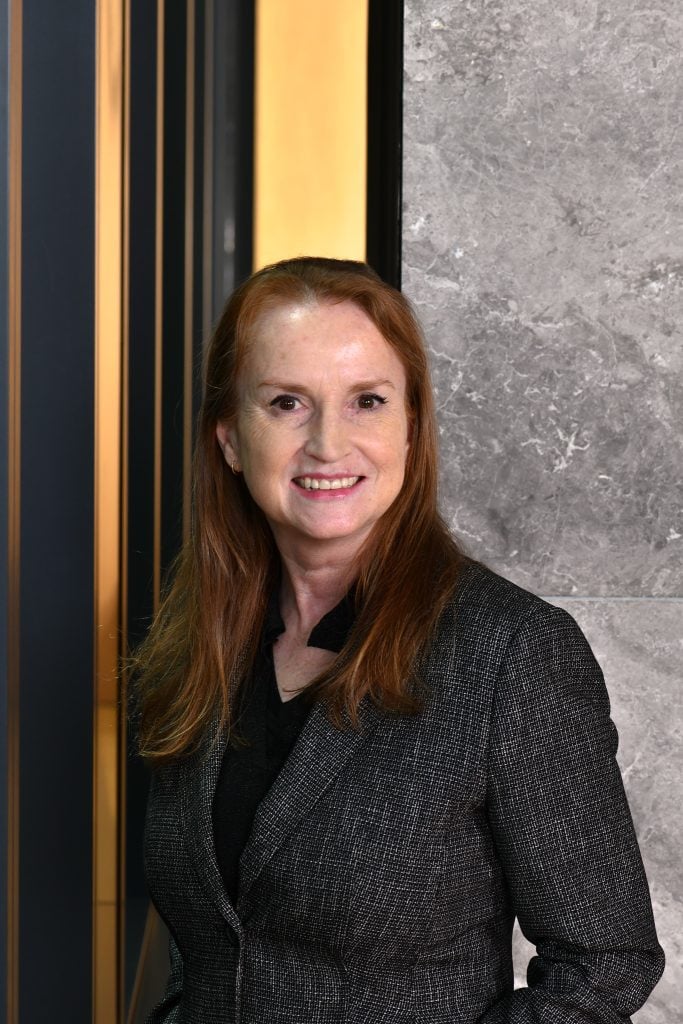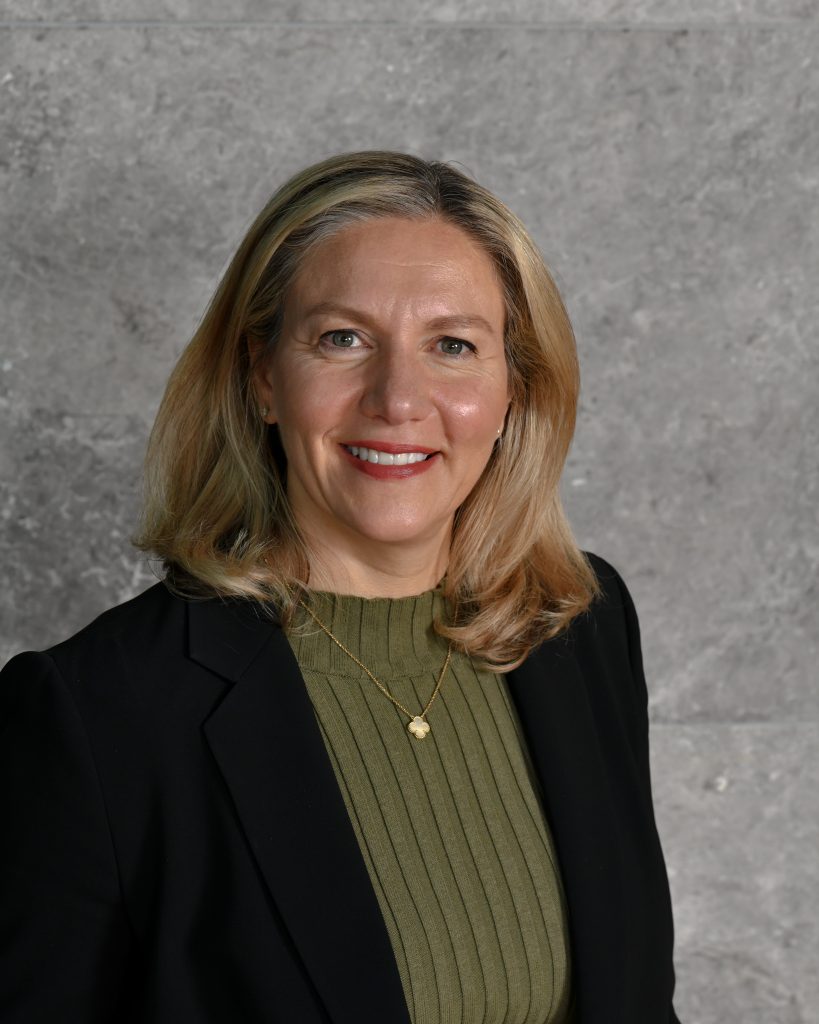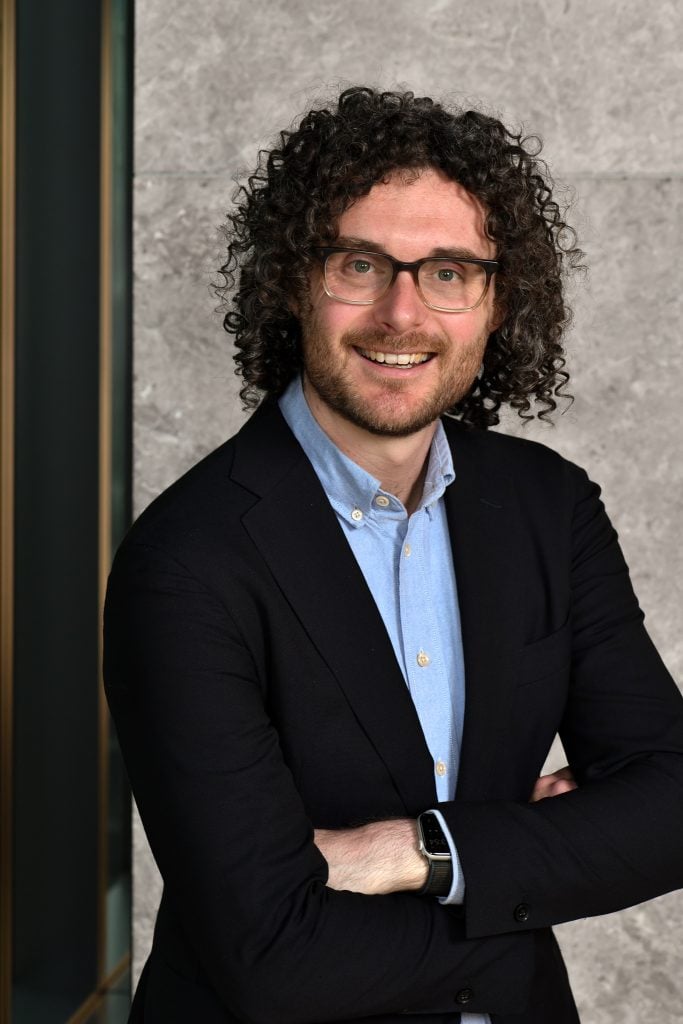Video-as-data and whales’ tales with Lynn Monrouxe and Lara Varpio
13 July 2018
At first glance, it may seem that videos of bedside teaching encounters have little in common with Moby Dick. One shows medical students interacting with patients and learning key clinical skills, while the other charts one man’s obsession amidst an exhaustive overview of the mid-nineteenth century whaling industry. These disparate subjects were, however, each the subject of two fascinating practical and interactive workshops hosted by CRADLE recently. Attendees were delighted to learn more about the practical and analytical issues researchers can encounter when using video as data with Prof. Lynn Monrouxe (Chang Gung Medical Education Research Centre, Taiwan), and how to craft a meaningful and memorable oral presentation with Prof. Lara Varpio (Uniformed Services University of Health Sciences, USA).
 Lynn’s workshop introduced attendees to video ethnography and outlined methodological principles, before drawing on Lynn’s own experiences using video-as-data to offer practical suggestions for researchers and highlight potential difficulties that can arise when using video-as-data – for instance, the challenge of knowing ‘how much data is enough data?’. Lynn then lead the room in a facilitated group analysis of short video excerpts, taken from a three-year research project that she led in the UK, which resulted in what is currently the largest video dataset of bedside teaching encounters (BTEs).
Lynn’s workshop introduced attendees to video ethnography and outlined methodological principles, before drawing on Lynn’s own experiences using video-as-data to offer practical suggestions for researchers and highlight potential difficulties that can arise when using video-as-data – for instance, the challenge of knowing ‘how much data is enough data?’. Lynn then lead the room in a facilitated group analysis of short video excerpts, taken from a three-year research project that she led in the UK, which resulted in what is currently the largest video dataset of bedside teaching encounters (BTEs).
Through a series of BTE videos, Lynn challenged attendees’ ideas that videos present a straightforward, ‘as it happened’ account of an event; instead, she demonstrated that, while videos can seem to offer an objective viewpoint, various factors – such as different camera angles or the presence/absence of audio – can reveal a range of perspectives and alternative narratives within a single interaction. This hands-on opportunity to view and dissect examples of video-as-data provided attendees with a strong practical introduction to the opportunities and challenges of the method, and linked with broader questions around how we bring our own expectations and ideas to data analysis.
Lara’s hands-on workshop offered attendees the chance to work on an oral presentation of their own. Using Moby Dick as a lodestone throughout the workshop, Lara shared a range of techniques and strategies for constructing an engaging and informative presentation that will be remembered long after the final slide. She suggested that there are three key ingredients for a memorable oral presentation, a formula which itself reflects one of the ingredients: the rule of three. Lara offered several variations on the rule of three – including the classic Aristotelian appeals of ethos, pathos and logos – and after explaining each rule, invited attendees to consider how the three points might work within their own presentations.
 The next component Lara addressed was the importance of building a story throughout the presentation, and she offered a range of narrative techniques that can help to hook an audience and keep them engaged from the first word to the last. Finally, Lara discussed some strategies for making a presentation memorable – including a strong visual or conceptual hook (for instance, a certain whale…) and visual or narrative surprises. There were also plenty of opportunities for attendees to ask questions and workshop one another’s presentations throughout the session, and everyone left the workshop with richer presentations and many new ideas.
The next component Lara addressed was the importance of building a story throughout the presentation, and she offered a range of narrative techniques that can help to hook an audience and keep them engaged from the first word to the last. Finally, Lara discussed some strategies for making a presentation memorable – including a strong visual or conceptual hook (for instance, a certain whale…) and visual or narrative surprises. There were also plenty of opportunities for attendees to ask questions and workshop one another’s presentations throughout the session, and everyone left the workshop with richer presentations and many new ideas.
For more from Lynn and Lara, follow them on Twitter: @LynnMonrouxe and @LaraVarpio.
